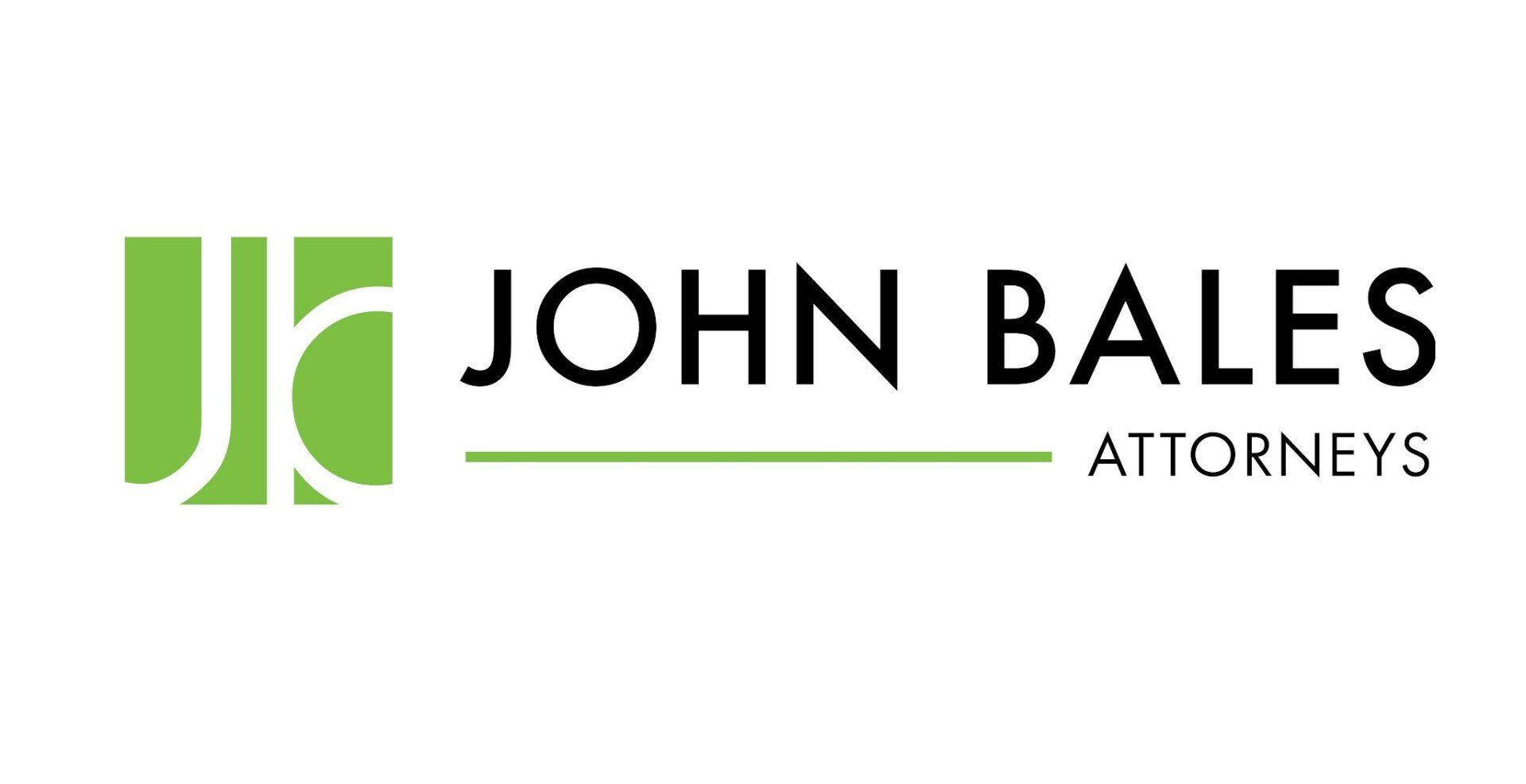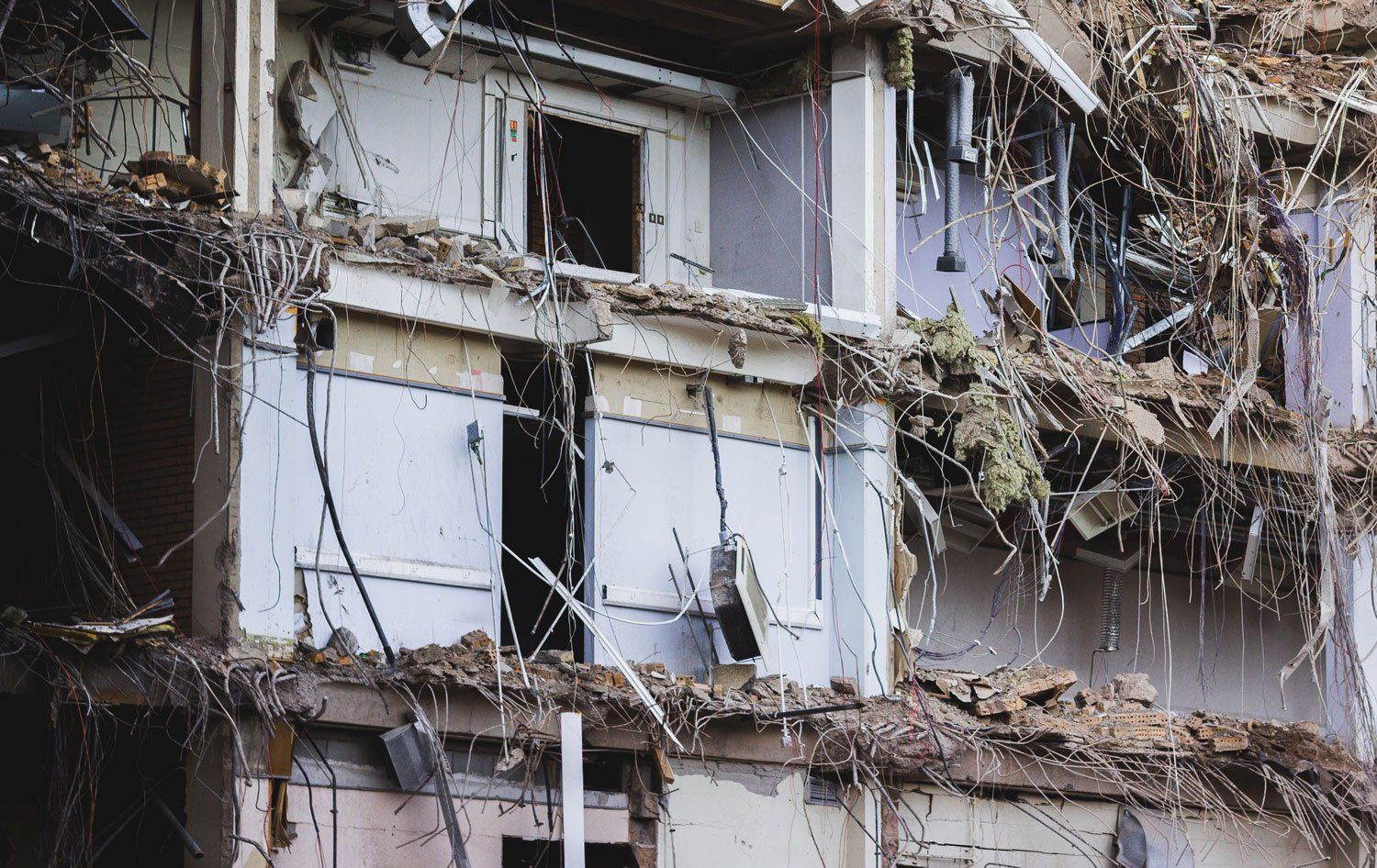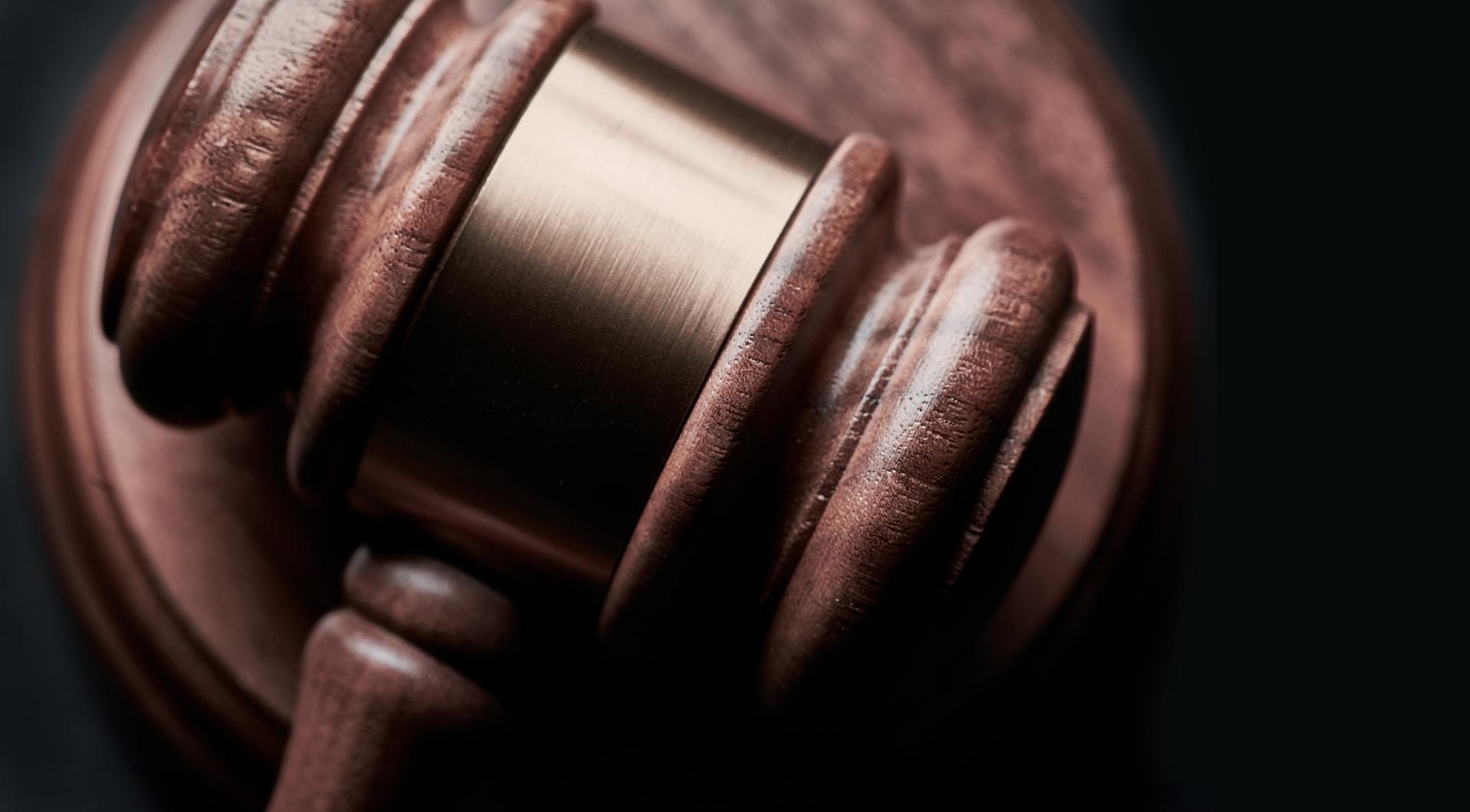By Ken Clark
•
22 May, 2021
Originally posted July 15, 2011 According to a report in the South-Florida Sun Sentinel, the State disciplines insurance company adjusters far less often than public adjusters, who work for consumers. Here’s the story from Sun-Sentinel reporter Julie Patel: When Floridians complain that an insurance company's claims adjuster is mishandling, lowballing or delaying claims, there's a less than 16 percent chance the adjuster will be disciplined. When there's a complaint about a public adjuster -- one who advocates for consumers -- there's a 75 percent chance the state will crack down. Some say the disparity, based on state data for the past two years, reflects the clout of Florida's insurance industry, which contributes mightily to the campaign funds of state officials. Others say it shows just how unprofessional public adjusters are. The Florida Department of Financial Services takes citizen complaints about adjusters, whether hired by insurance companies or policyholders, and decides which ones to investigate. State officials said they don't pick on public adjusters. It's possible more complaints against insurers' adjusters were resolved without requiring an investigation. "A consumer complaint does not necessarily mean there was any wrongdoing by any party," Alexis Lambert, a spokeswoman for the department, wrote in an email. "Most complaints are resolved without having to open an investigation. For example, a consumer doesn't understand the process so they file a complaint but is then educated about the adjusting process and the complaint is closed." The lopsided ratio of investigations of public adjusters concerns Bill Newton, of the Florida Consumer Action Network: "Consumers need access to reliable adjusters, so company adjusters should be investigated and disciplined the same way public adjusters are." Barbara Zee, a homeowner in Delray Beach and board member of the Alliance of Delray Residential Association, said public adjusters should be held to a high standard because consumers hire them directly, but there shouldn't be such a disparity. "The influence … insurers have over the people in charge of regulating is so much greater [that] it would be difficult for those numbers to ever come close," she said. The Claims Adjusters No matter who hires them, adjusters evaluate damage and estimate repair costs after a policyholder files an insurance claim. There are 47,040 adjusters on staff at Florida insurance companies, including those based outside the state; 29,022 independent insurance adjusters who can be hired by insurers to work on claims; and 2,602 public insurance adjusters, who are hired by policyholders. Of those licensed independent and public adjusters, only those appointed by an adjusting firm can estimate claims. Public adjusters are generally allowed to charge 10 percent to 20 percent of a claim payout. Most adjusters are licensed by the state after they take exams or complete required courses. Attorneys don't have to have a license to adjust claims, and an insurance company can allow agents and, in some cases, employees to adjust claims without a license. More Complaints Against Public Adjusters The state received 246 complaints about public adjusters since February 2010 -- compared to 69 against insurers' adjusters, according to the state's Department of Financial Services, which handles and looks into the complaints. Another state agency, the Office of Insurance Regulation, regulates and investigates insurance companies. It is funded largely by fees and fines from insurance companies, a fact that some say could give the state an incentive to punish insurers. One reason there may be fewer complaints against insurance-hired adjusters: "Consumers may file a complaint against the insurance company rather than the individual adjuster," Lambert said. The theory is echoed by several insurance experts. "When there are problems with company adjusters, regulators tend to go after the company rather than the adjuster him or herself," Kenneth Abraham, an insurance law professor at the University of Virginia, wrote in an email. Many public adjusters work independently or as part of small firms "so when there are problems with them, there is no larger company to go after." The state received 27,138 claims-related complaints against insurers since 2008, Lambert said, adding they include those that may not have been substantiated. A spokesman for the insurance regulation office could not say how many were investigated. Harold Weston, a professor at Georgia State University's Department of Risk Management and Insurance, said regulators may think more public adjusters need more oversight. "Insurers have claims managers with control and responsibility over their … adjusters. There are claims manuals to be followed … and there is staff training. That's not to say company adjusters don't get the claims adjustment wrong sometimes. But there are a few levels of supervision that should correct many of the mistakes," Weston said. Issues with Insurance Adjusters After the 2004 and 2005 hurricanes, the number of public adjusters grew exponentially. Insurance companies said some of these consumer advocates filed fraudulent or inflated claims -- driving up premiums for all policyholders. State legislators responded by changing the laws that govern public adjusters. The insurance industry points out that adjusters on staff at insurance companies "do not charge a fee for their services, which means they have every reason to properly evaluate the claim and settle it fairly," said Lynne McChristian, a spokeswoman for the Insurance Information Institute, an industry trade group. Because public adjusters are paid a percentage of the claim, "the higher the claim payment, the bigger their payday," she said. "This gives unscrupulous public adjusters what could be an incentive to fraudulently inflate a claim." The Florida Association of Public Insurance Adjusters said there are some bad adjusters -- hired by insurance companies and citizens -- who should be investigated. David Beasley, a former president of FAPIA, said regulators told his group that many of the violations against public adjusters the past two years were administrative, such as late license renewals. "Public adjusters have a very small lobby presence compared to the insurance companies, and many people have no idea what they do," said Newton, executive director of Florida Consumer Action. "The result is they don't have much influence and have become a convenient punching bag for insurers and their legislative and regulator allies." What's a Consumer to Do? During the claims process, consumers should: • Request and keep all documents related to a claim and keep a journal, noting the dates of all calls, phone numbers and the names of people involved. Detailed notes and time-stamped photos of damage should be kept and a copy provide to any adjusters involved. • Check the licenses of the insurance company's adjusters, public adjusters, contractors and roofers. Ask them for references. Adjusters' licenses can be checked by clicking the "Licensee Search" link at myfloridacfo.com/agents/licensure or by calling the Department of Financial Services at 877-693-5236 or 850-413-3089. The Department of Financial Services also can tell you if there have been complaints about an adjuster. Contractors' licenses can be checked at myfloridalicense.com or by contacting the Department of Business and Professional Regulation at 850-487-1395. • Contact the Department of Financial Services with questions, to file a complaint or check the status of a complaint. Filing a claims-related complaint can serve as a step toward state-sponsored mediation, in which a state representative helps resolve a disputed claim. Lambert said consumers can contact a supervisor in DFS' Division of Consumer Services if their complaint is closed but they feel it warrants further investigation. The complaint then could be reviewed and referred to the Bureau of Investigation or another part of the agency. Some consumers who don't get resolution from the state file a lawsuit.









